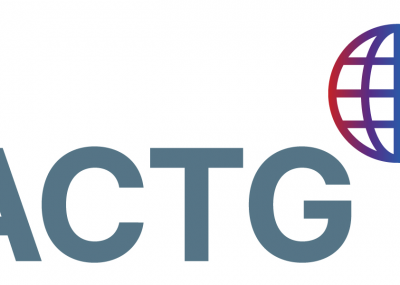Background: HIV-1 RNA load is the best biological predictor of HIV transmission and treatment response. The rate of virologic suppression among key subpopulations can guide HIV prevention programs.
Methods: The Botswana Combination Prevention Project performed a population-based household survey among adults in 30 communities in Botswana. Data collected included knowledge of HIV-positive status, antiretroviral therapy (ART) coverage, and virologic suppression (HIV-1 RNA ≤400 copies per milliliter). Individuals aged 16-29 years were considered young adults.
Results: Among 552 young people living with HIV enrolled with RNA load data and ART status available, 51% (n = 279) had undetectable HIV-1 RNA, including 54% of young women and 32% of young men [sex prevalence ratio (PR): 0.53; 95% confidence interval (CI): 0.43 to 0.80; P < 0.001]. Compared with older adults (30-64 years old), young HIV-infected adults were significantly less likely to have undetectable HIV-1 RNA (PR: 0.65; 95% CI: 0.59 to 0.70; P < 0.0001), including both men (PR: 0.43; 95% CI: 0.34 to 0.56; P < 0.0001) and women (PR: 0.67; 95% CI: 0.62 to 0.74; P < 0.0001). Among a subset of people living with HIV receiving ART, young adults also were less likely to have undetectable HIV-1 RNA load than older adults (PR: 0.93; 95% CI: 0.90 to 0.95; P = <0.0001). Analysis of the care continuum revealed that inferior HIV diagnosis and suboptimal linkage to care are the primary reasons for low virologic suppression among young adults.
Conclusions: Young adults in Botswana are significantly less likely to have undetectable HIV-1 RNA load compared with older adults. In the era of broad scale-up of ART, interventions able to diagnose young adults living with HIV and link them to effective therapy are urgently needed.




